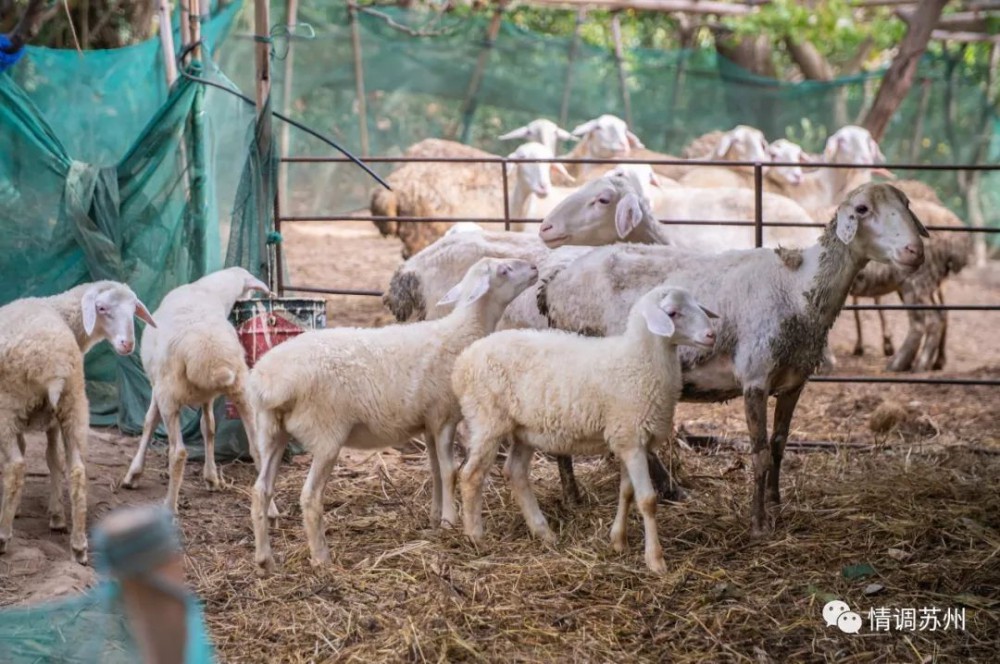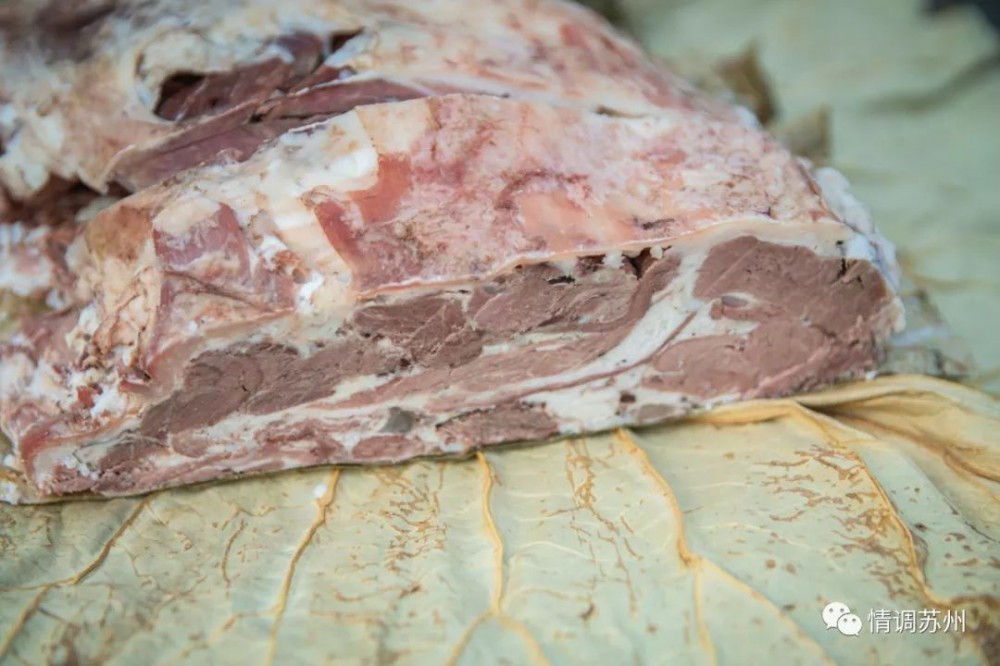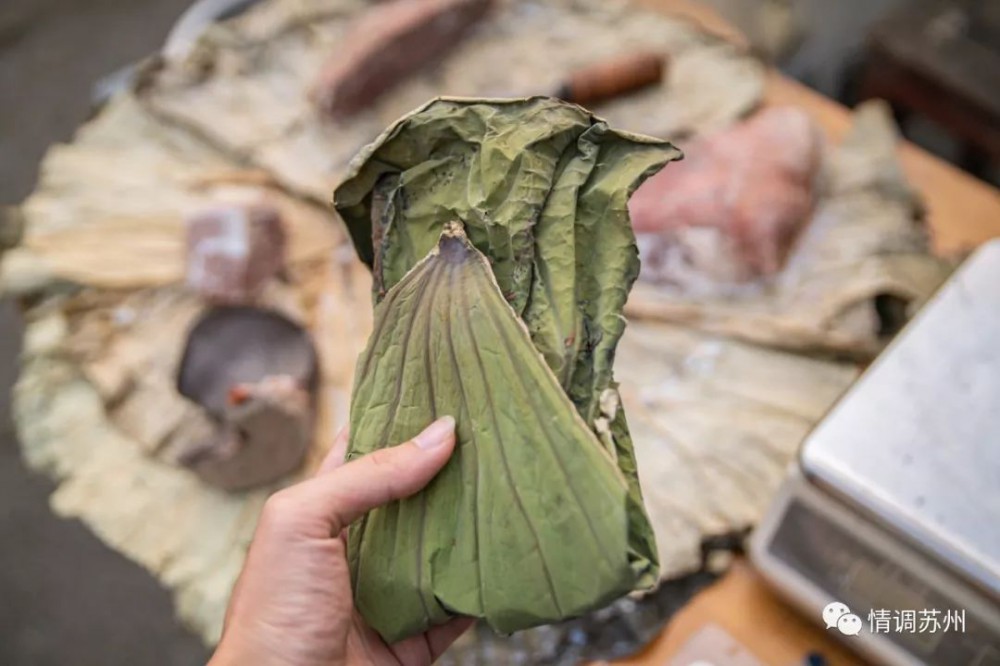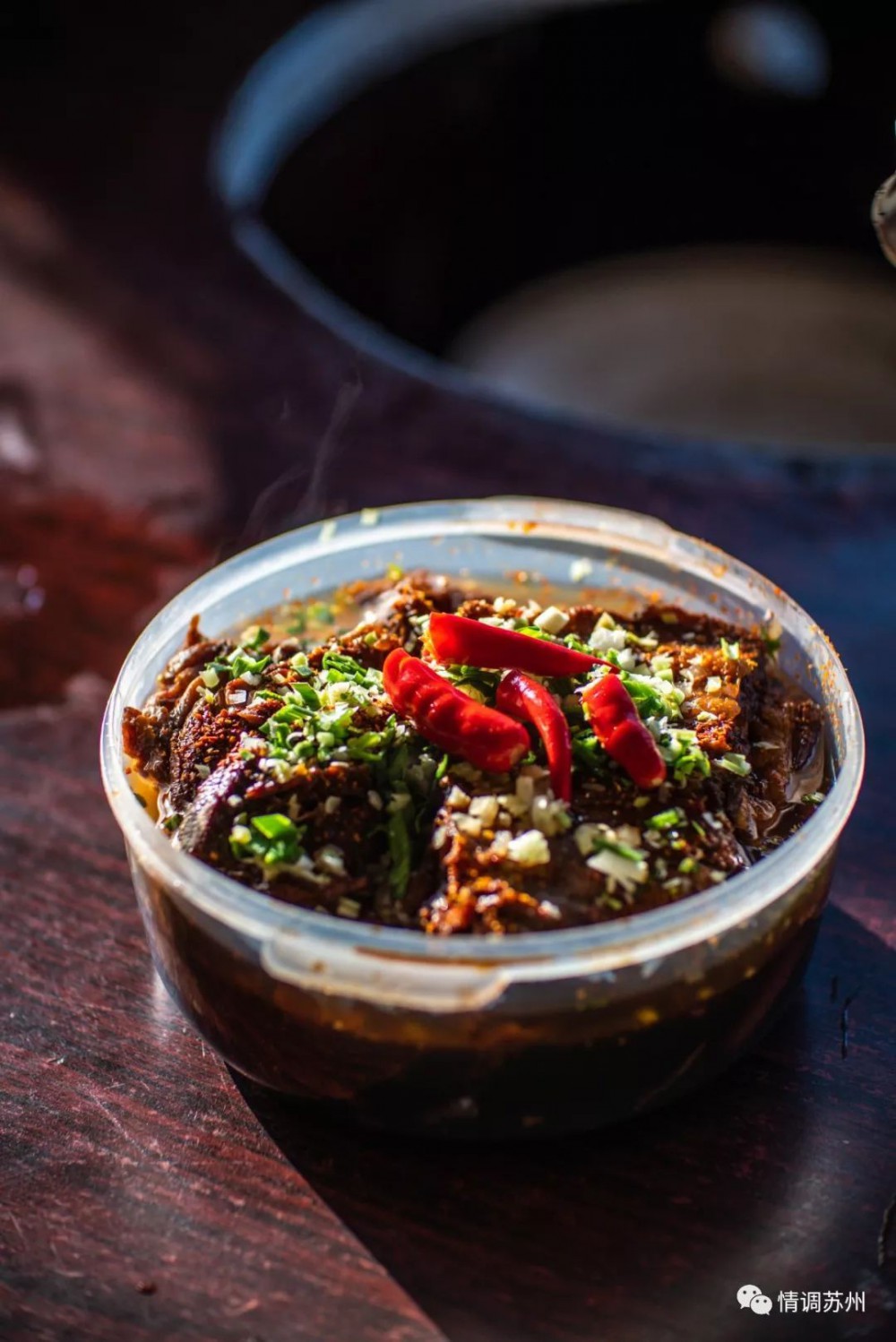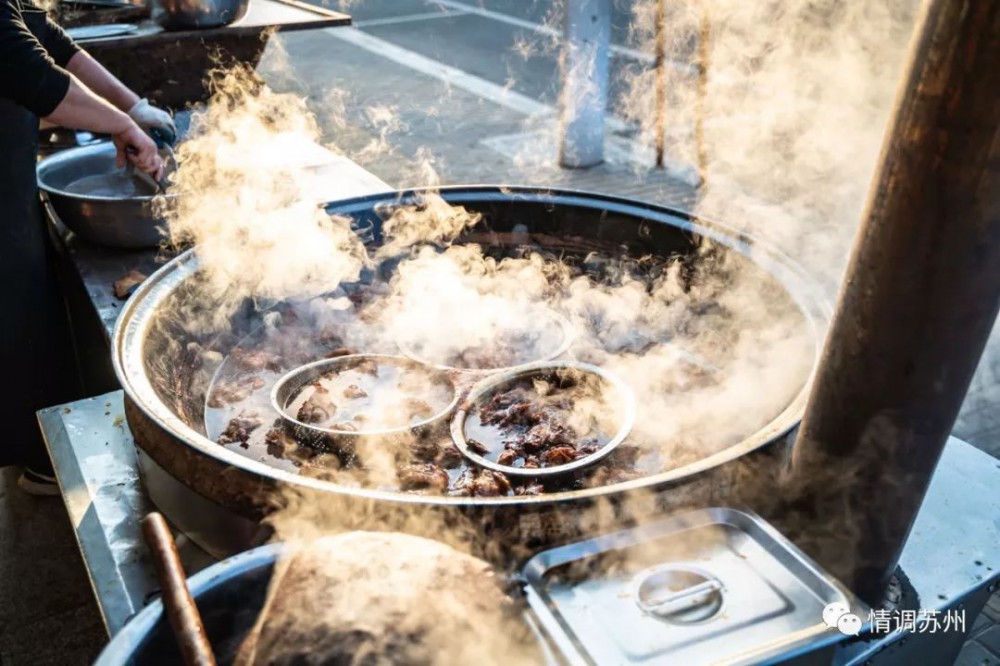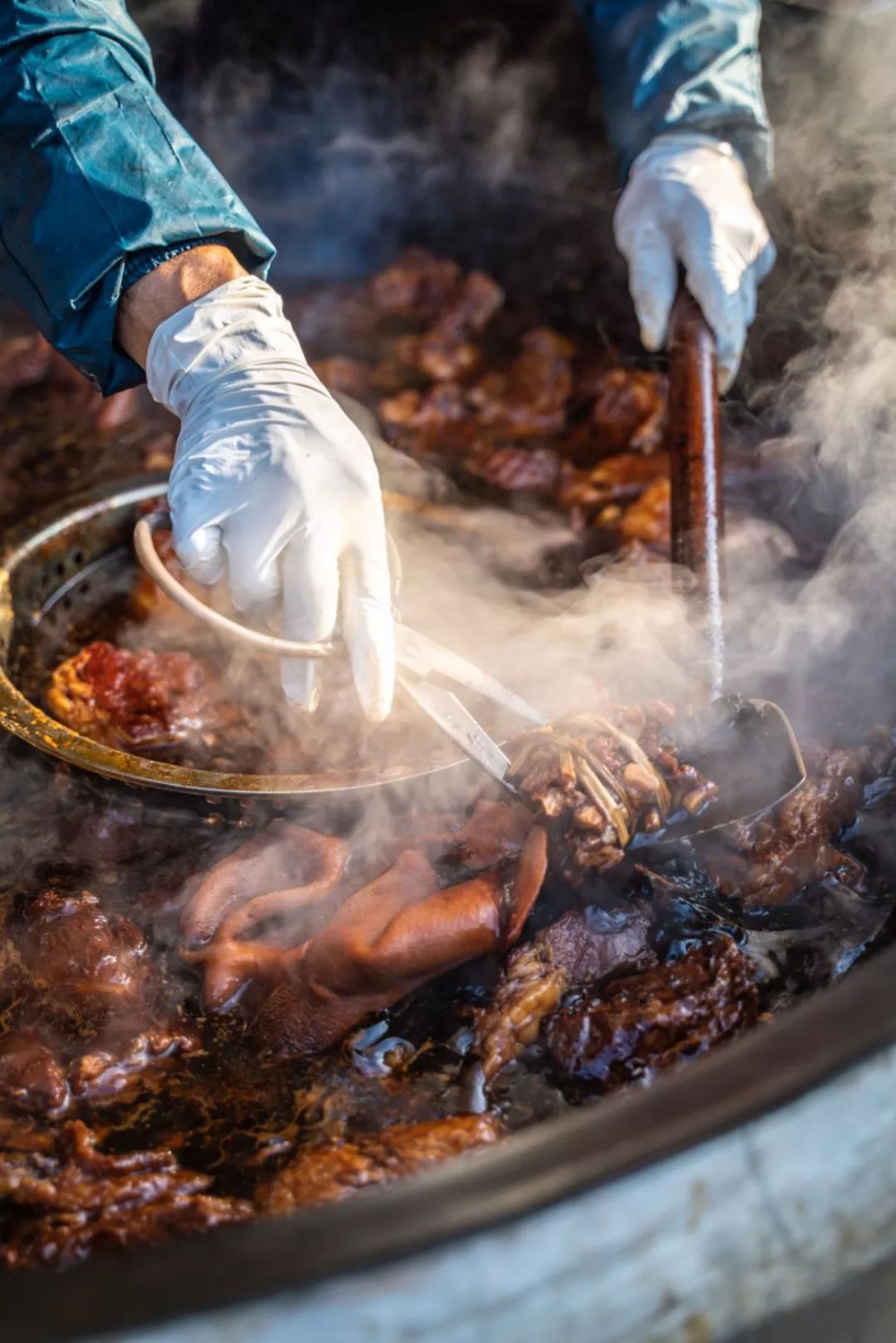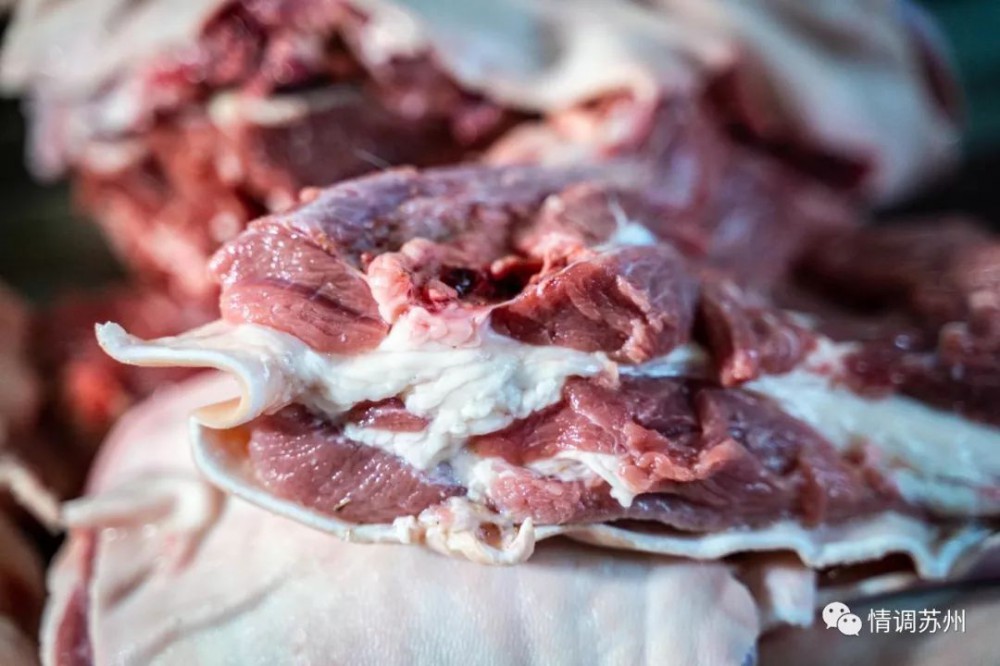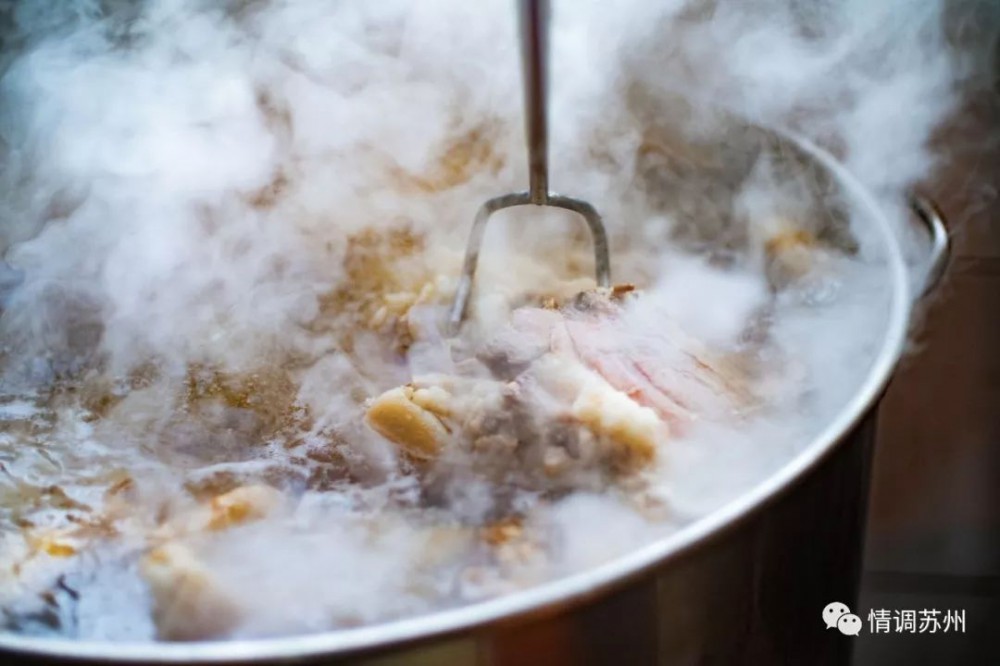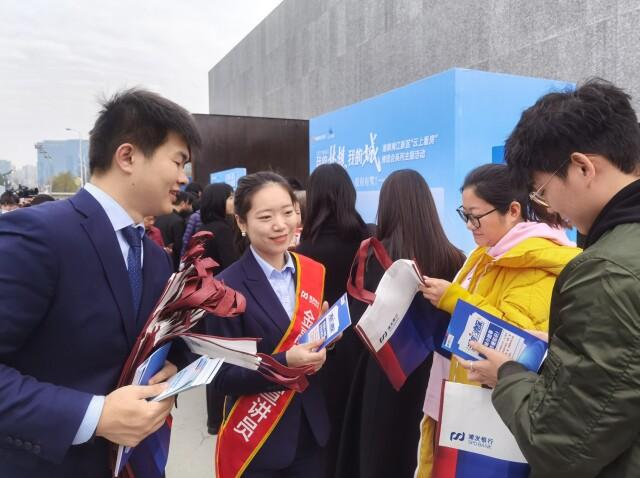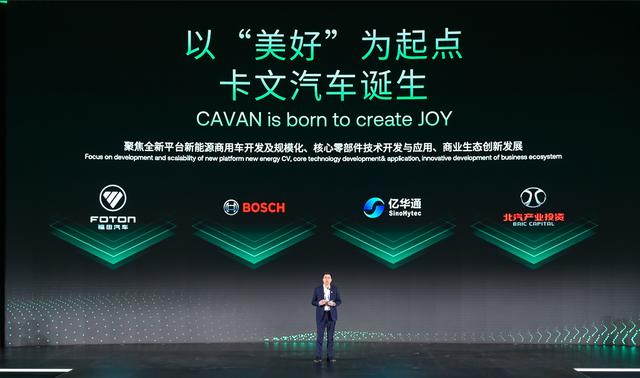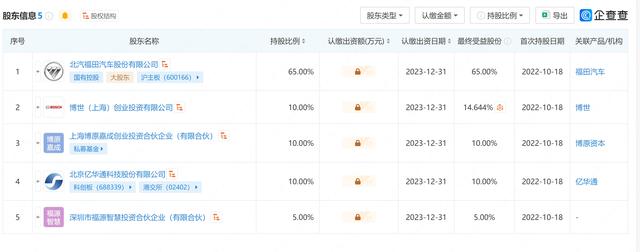"Recently, we are studying and launching several other structural tools, mainly focusing on supporting the smooth operation of the real estate market, including the Baojiaolou loan support plan, the housing rental loan support plan, and the private enterprise bond financing support tools. We will make some other detailed disclosures and releases after the introduction." On January 13, at the press conference of the State Council Office, Zou Lan, Director of the Monetary Policy Department of the Central Bank, introduced.
In the past few days, the real estate policy has been favorable. On the 10th, the People’s Bank of China and China Banking and Insurance Regulatory Commission jointly held a symposium on credit work of major banks. At the symposium, CBN was informed that in order to effectively prevent and resolve the risks of high-quality head housing enterprises and improve their assets and liabilities, the relevant departments drafted the Action Plan for Improving the Balance Sheet Plan of High-quality Housing Enterprises (hereinafter referred to as the Action Plan). The action plan focuses on 21 tasks from four aspects: assets, liabilities, rights and interests, and expectations, including the implementation of some issued policies and some new policies.
Chen Wenjing, director of market research in the Index Division of the Central Finger Research Institute, said that the four major policy directions of financial support for real estate are clearer: differentiated credit support on the demand side, improvement of policy tools for guaranteeing the delivery of buildings, improvement of the balance sheets of high-quality housing enterprises, and improvement of financial support policies for housing leasing.
Improve the balance sheet of high-quality housing enterprises
From the specific content of the action plan, on the asset side, we should activate reasonable demand by optimizing policies, increase efforts to guarantee the delivery of buildings, stabilize real estate sales, compact the responsibility of enterprises to slim down and save themselves, and strive to improve the operating cash flow of high-quality housing enterprises. We will support the demand for rigid and improved housing, speed up the special loan for newly-added Baojiaolou, set up a 200-billion-yuan loan support plan for Baojiaolou, set up a special re-loan for national asset management companies, and set up a 100-billion-yuan housing rental loan support plan. A series of measures are accelerating.
On the debt side, under the premise of risk control and ensuring the security of creditor’s rights, we will start with the stock and increment, increase the multi-channel financing support such as loans, bonds and asset management, and keep the financing cash flow of high-quality housing enterprises stable.
On the equity side, support high-quality housing enterprises to enrich their capital through equity financing measures, reduce financial leverage and enhance their ability to resist risks.
In terms of the expected improvement of the real estate market, it is clear that it is necessary to establish a positive image of high-quality housing enterprises, ensure the delivery time and quality of commercial housing, improve the quality of financial statements and information disclosure of housing enterprises, improve market expectations and rebuild industry confidence.
Zou Lan said at the press conference that the action plan focuses on high-quality real estate enterprises that focus on their main business, operate in compliance, have good qualifications and have certain systemic importance, and focuses on promoting 21 tasks in four aspects: asset activation, debt succession, equity supplement and expected promotion. Comprehensive measures are taken to improve the cash flow of high-quality real estate enterprises and guide the balance sheets of high-quality real estate enterprises to return to a safe range. These tasks include not only the implementation of the policies that have been issued, but also a series of new measures such as setting up special refinancing for national asset management companies and setting up housing rental loan support plans.
While clarifying the basic conditions of high-quality housing enterprises, the action plan indicates that there is no specific list, and financial institutions can grasp it independently. At present, most real estate enterprises that have signed intention credit agreements with state-owned banks and other prime bank can be classified as high-quality real estate enterprises. The industry also believes that the absence of a specific list means that the scope of supporting enterprises is also expanding.
Liu Shui, director of enterprise research at the China Central Finger Research Institute, believes that the formulation of the action plan shows that the management department has made a more systematic and overall solution to prevent and resolve the risks of high-quality head housing enterprises. "Asset activation effectively improves the operating and financing cash flow of housing enterprises. Debt continues to ease the liquidity tension. Supplement equity, optimize the structure of assets and liabilities, and reduce leverage ratio. The expected improvement will repair industry confidence. "
"Three lines and four gears" will be adjusted
What is particularly striking is that the action plan clearly needs to improve the "three lines and four files" rules for 30 pilot housing enterprises, and improve some parameter settings on the basis of keeping the overall framework of the rules unchanged.
The so-called "three lines and four gears" means that in August 2020, the Ministry of Housing and Urban-Rural Development and the central bank held a symposium on key real estate enterprises, at which three regulatory requirements were put forward: the asset-liability ratio excluding advance payments should not be greater than 70%, the net debt ratio should not be greater than 100%, and the cash short-term debt ratio should not be less than 1 times.
According to the number of lines on the "three red lines", real estate enterprises are divided into four grades of management: red, orange, yellow and green. For each grade reduction, the upper limit of the growth rate of interest-bearing liabilities will increase by 5%, and the annual growth rate of interest-bearing liabilities of real estate enterprises in the green position should not exceed 15%.
According to the regulatory requirements, from January 1, 2021, housing enterprises officially entered the test period of reducing leverage; By the end of June 2023, all the "three red lines" indicators of pilot housing enterprises must meet the standards, and all housing enterprises will meet the standards by the end of 2023.
Since then, downshifting, debt reduction and burden reduction have become the main theme of housing enterprise management. In this tide of reducing leverage, many housing enterprises optimize their balance sheets by reducing borrowing and controlling land acquisition. Until 2021, the leverage ratio of the whole industry generally showed a downward trend. However, since 2022, affected by repeated epidemics, supply cuts and other factors, the sales of housing enterprises have fallen sharply, and the return and cash holdings have dropped significantly. The "stepping on the line" housing enterprises have a tendency to expand.
According to Cree’s statistics, from the classification of sample real estate enterprises, the number of real estate enterprises stepping on the line has increased significantly since the middle of 2021, and the proportion of green housing enterprises in the first half of 2022 has dropped from 42% at the beginning of the year to 32%; The proportion of yellow, orange and red housing enterprises has risen, and the proportion of red housing enterprises has increased year by year, from 7% in mid-2021 to 17% in mid-2022.
At the same time, there is the problem of excessive contraction of financial institutions. Some financial institutions will require that the balance of interest-bearing liabilities of "red-file" enterprises should not be increased, which is misunderstood as that banks are not allowed to issue new development loans. After the enterprises pay back the loans, the newly started projects that should have been reasonably supported will not get loans, which has also caused some enterprises’ capital chains to be tight to some extent.
Last year, industry suggestions for fine-tuning the "three red lines" began to appear. For example, Sheng Songcheng, former director of the Survey and Statistics Department of the People’s Bank of China, suggested in April last year that the deleveraging cycle should be appropriately extended without changing the goal of deleveraging policy, including appropriately adjusting the three red lines and loan concentration assessment requirements, so as to gain time for the industry to respond to the epidemic.
At the beginning of last year, there was market news that banks had informed some large-scale high-quality real estate enterprises that the relevant M&A loans were no longer included in the "three red lines" related indicators for the debt-bearing acquisition of insurance enterprise projects. However, the "third line and fourth gear" is still an important criterion for financial institutions to judge housing enterprises.
Experts interviewed in the industry believe that the "three red lines" standard will be fine-tuned, and it is expected that the requirements of the red line will not change. It may be the same as the loan concentration, extending or setting the transition period, weakening different gears, and increasing the tolerance for debt growth. The requirements for land acquisition and cash flow will also decrease. As a result, some enterprises will have certain leverage space.
Yan Yuejin, research director of Shanghai Yiju Real Estate Research Institute, believes that mortgage concentration and three red lines will continue to be implemented, and the overall reform idea is still in line with the long-term mechanism of real estate financial management, but it will be combined with short-term and medium-and long-term work. At present, the short-term emergency policy will be emphasized, so the concentration of mortgage and the three red lines will be relaxed or buffered.
Liu Shui said that reasonably extending the transition period of the real estate loan concentration management system and improving the parameter setting of the "three-line and four-file" rules of housing enterprises will give housing enterprises a relaxed financing environment and reduce the pressure of financing and debt. On the one hand, extend the transition period of real estate loan concentration management system, reduce the credit constraints of banks, and provide loose conditions for banks to support real estate financing. On the other hand, according to the actual situation of the industry, flexibly adjusting and perfecting the parameter settings of "three lines and four gears" and reducing the requirements for housing enterprises can reduce the pressure on the operation, financing and debt of housing enterprises.
The market is expected to go out of the trough.
"The industry’s debt structure is highly diversified, and financial liabilities only account for 31%, of which bank development loans account for 14%, domestic and foreign bonds account for 9%, and non-standard financing accounts for 8%; The rest are mainly 30% of the upstream and downstream enterprises, 32% of the individual house payment in advance, and 7% of the taxes and fees delayed. " Zou Lan said at the press conference.
Real estate has a systematic impact on economic development and risk prevention and control. The Central Economic Work Conference made it clear that to effectively prevent and resolve major economic and financial risks, it is necessary to ensure the stable development of the real estate market, do a solid job in ensuring the delivery of buildings, people’s livelihood and stability, meet the reasonable financing needs of the industry, effectively prevent and resolve the risks of high-quality head housing enterprises, and improve the balance sheet.
Since 2022, in response to some adjustments in the real estate market, financial management departments have made efforts from both supply and demand to promote the smooth operation of the real estate market. With the gradual emergence of relevant policies, the financing environment of the real estate industry, especially high-quality housing enterprises, has improved significantly.
Zou Lan introduced that from September to November 2022, real estate development loans increased by more than 170 billion yuan, an increase of more than 200 billion yuan year-on-year. In the fourth quarter of 2022, domestic real estate corporate bonds issued more than 120 billion yuan, a year-on-year increase of 22%.
"Recently, many banks have signed a huge amount of strategic credit cooperation with real estate enterprises, but they are all thunder and rain." A person from the investment banking department of a brokerage firm who has been tracking the real estate sector for a long time said that banks may delay the landing on the grounds that the concentration of real estate loans has been relatively high. If the action plan is followed up, it may clear the way for financial institutions such as banks to provide support to the real estate industry.
Yuan Hao, an analyst in the real estate industry of Shenwan Hongyuan, believes that improving the "three lines and four files" rules for 30 pilot housing enterprises indicates that the scope of the "guarantee subject" will be further expanded, and the debt growth ceiling of the "four files" housing enterprises will be optimized, especially the green file housing enterprises may have more room for expansion at the debt end, and the subsequent green file housing enterprises will be more active in land acquisition and help the sales increase steadily.
Lian Ping, chief economist and dean of the research institute of Zhixin Investment, believes that in 2023, driven by stronger policies, the real estate market is expected to gradually step out of the "trough" in the second half of the second quarter, and key cities will take the lead in stabilizing and rebounding. The growth rate of real estate sales, land acquisition and investment throughout the year is marginally improved compared with that in 2022. At the same time, a series of factors such as improved demand, improved employment environment, accelerated repair of service consumption, increased support for boosting policies and low base will promote a significant rebound in social consumption.

